
Source: Lei Technology Digital 3C Group | Editor: A Tianming | Typesetting: Zhi Qiu
In 2014, smartwatches like Android Wear began to enter the public eye. At that time, the consumer market generally viewed smartwatches as expensive substitutes for functional cheap electronic watches, and with most smartwatches priced below $500, the industry did not believe that these trendy electronic toys would pose any threat to the mid-to-high-end watch industry.
However, the market quickly provided a negative answer.
In 2015, the Apple Watch was officially released, breaking the $500 price “barrier” for smartwatches and also breaking the incompatibility between smartwatches and “fashion items.” Although from a later product strategy perspective, the attempt to position the Apple Watch as a luxury item was clearly a failure, smartwatches were no longer just “tech toys” for a minority, and quickly replaced high-priced smart bands, becoming a digital item that most people would consider.
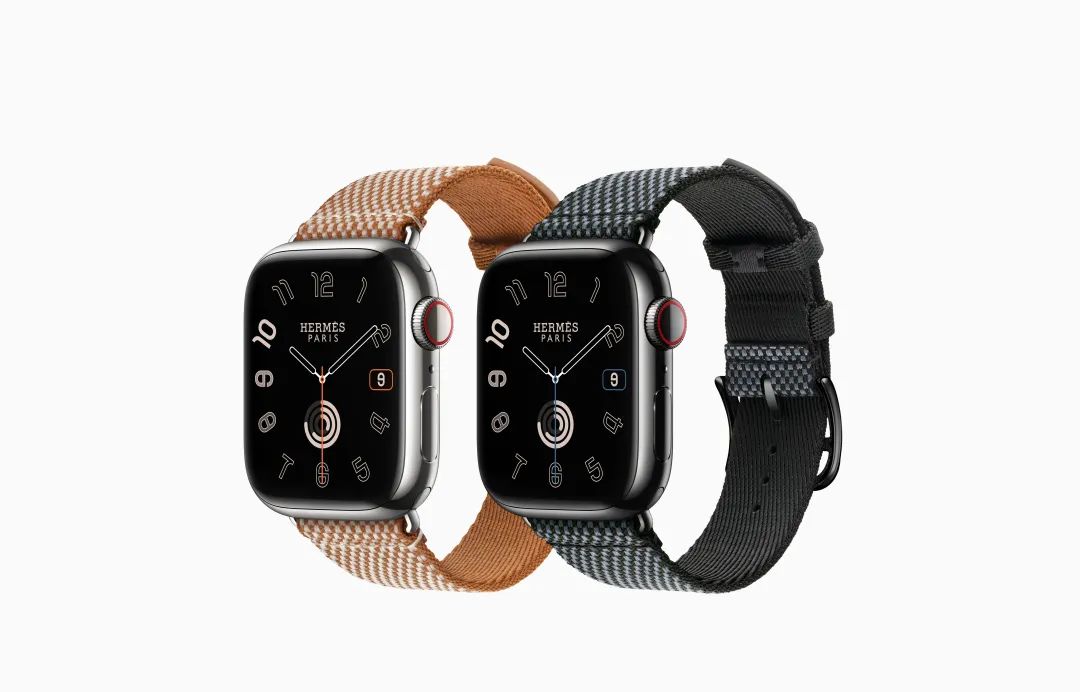
Image Source: Apple
To respond to the fierce competition from smartwatches, some mid-to-high-end traditional watch brands began to actively embrace the trend of smartwatches. For example, Tag Heuer launched the Tag Heuer Connected series, Montblanc introduced the Montblanc Summit series, and even LV launched the Tambour Horizon series of smartwatches. The Fossil Group has also integrated Wear OS into watches across its brands, starting to capture the high-end smartwatch market with “rich” smartwatches.
So what is the outcome of this “counterattack” from traditional watch brands against smartwatches? I can’t speak for other brands, but Fossil seems to have admitted defeat.
In an interview with The Verge, Fossil spokesperson Amanda Castelli stated, “The smartwatch industry has undergone significant changes in recent years, and we (Fossil) have made a strategic decision to exit the smartwatch business… Fossil Group is reallocating resources to support our core business—traditional watches and jewelry.”
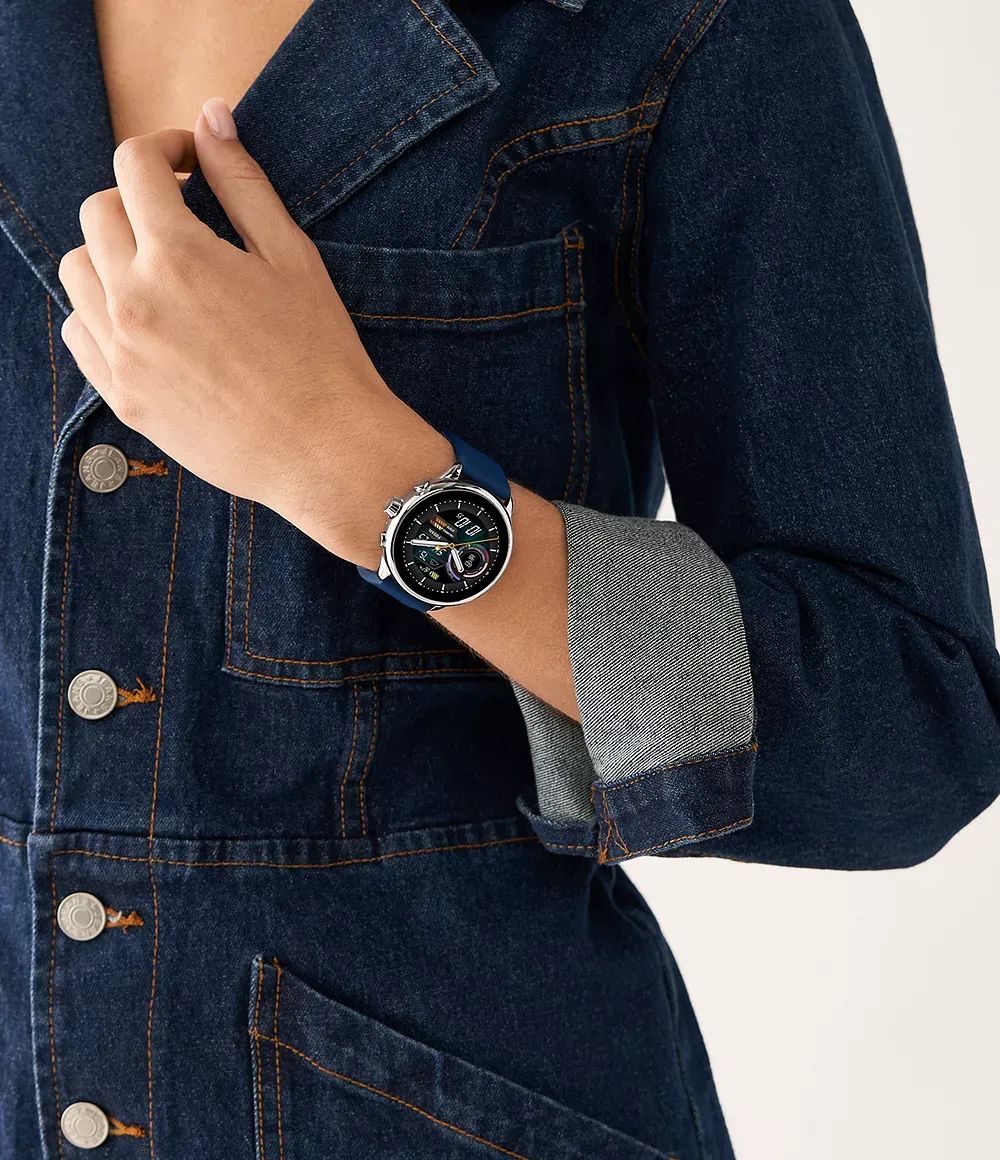
Image Source: Fossil
Of course, at this stage, only Fossil has announced the cessation of smartwatch products, while several traditional watch brands, including Tag Heuer, are still launching their high-end smartwatch products. However, it should be noted that Tag Heuer’s CALIBRE E4 was already a product launched in 2022. Even considering the product lifecycle planned by the brand, we should expect to see the next generation CALIBRE E5 at CES 2024.
However, as the New Year approaches, Tag Heuer’s website still features the CALIBRE E4 from two years ago. As for LV’s smartwatch? They have never intended to release a second generation from the start.
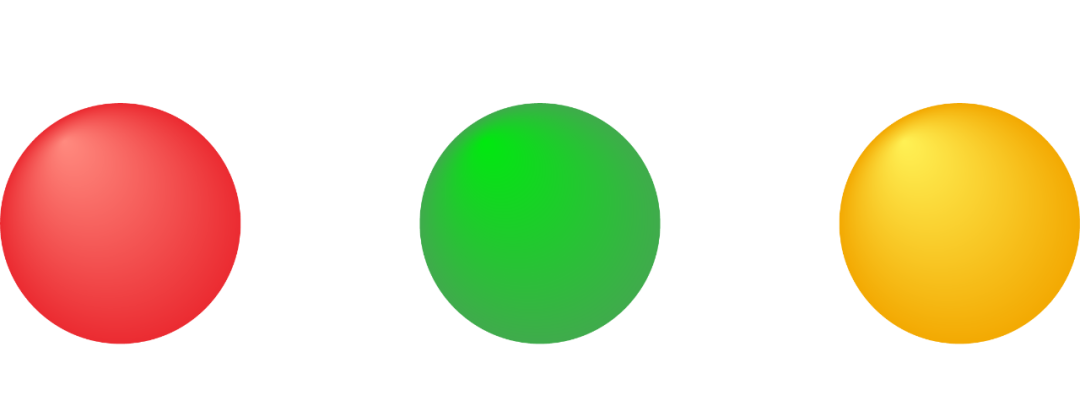
Smartwatches
Are at Odds with Traditional Watches?
From a product perspective, the reasons for the cold reception of smartwatches from traditional watch brands are similar to all poorly selling digital products; aside from the companies’ own “self-sabotage,” there are only two reasons—either the product features are poor, or the product prices are high. Unfortunately, traditional watch brands’ smartwatches fall into both categories.
Firstly, the collaboration between traditional watch companies and technology firms is the most common model for smart products. In this model, traditional watch companies leverage their advantages in design, branding, and manufacturing, while technology companies provide support in software and hardware, such as operating systems, sensors, and data processing capabilities.
Tag Heuer’s collaboration with Google and Intel is an example of this model. However, the problem with this collaboration model is the dependency on technology, where traditional watch companies are often limited in technological innovation by their tech partners, making it difficult to keep up with the rapid changes in the market, which directly leads to their products lagging behind others in performance.
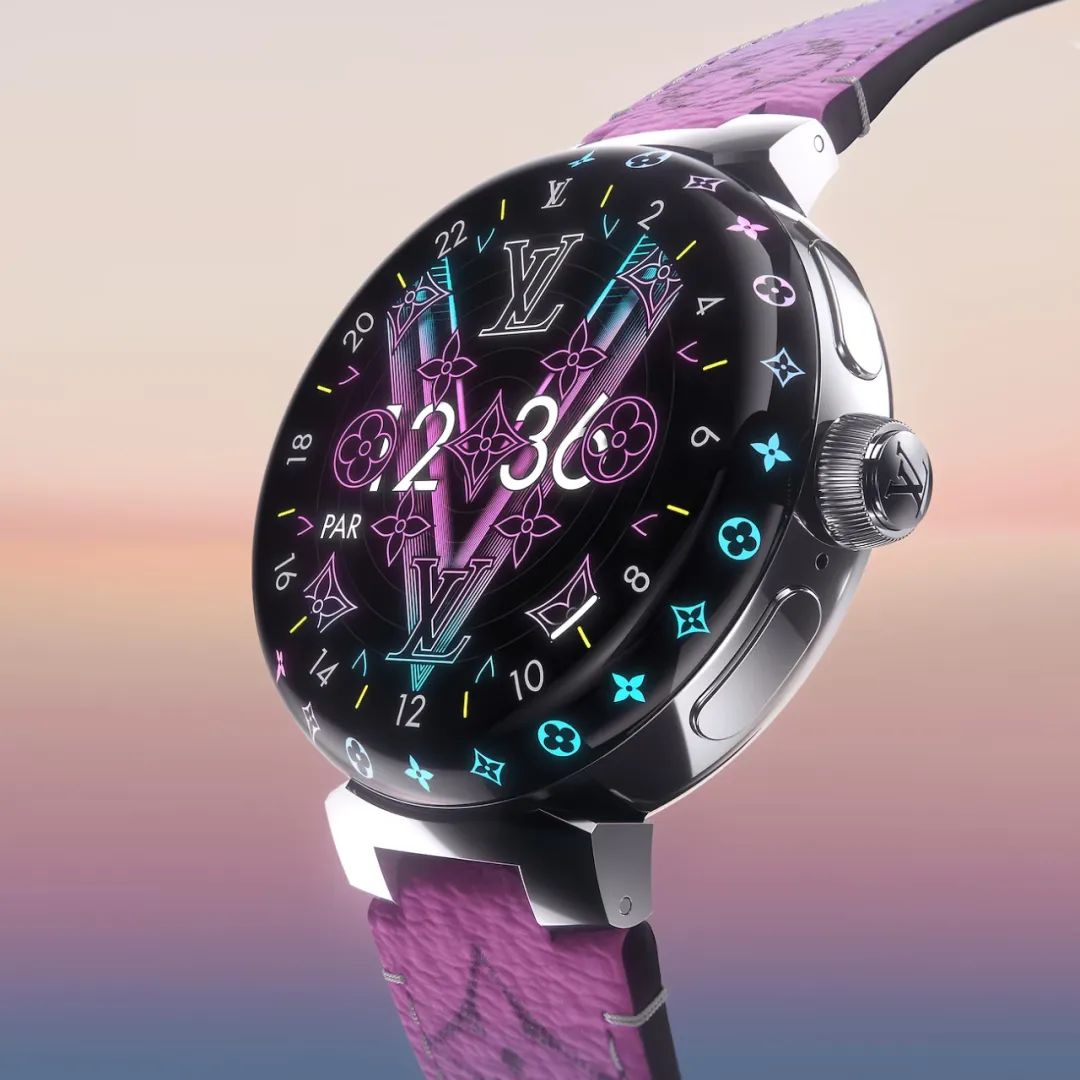
Image Source: Louis Vuitton
What about “independent development”? Some traditional watch companies have indeed attempted to independently develop smartwatches, striving to integrate new technologies while maintaining brand traditions. However, in this model, due to the lack of deep technological accumulation and experience, traditional watch brands often produce products that are not mature in terms of smart features, such as significant gaps in user interface, application ecosystem, connectivity, and battery life compared to professional smartwatch brands. Moreover, independent development means higher R&D costs, making it easier for product prices to spiral out of control.
Additionally, conflicts in brand and market positioning are also one of the reasons traditional watch brands have struggled in the smartwatch market. Traditional watch brands have long emphasized historical heritage, exquisite craftsmanship, unique design, and a sense of luxury. These brands shape their identity by emphasizing craftsmanship, precision mechanics, and unique aesthetics. However, consumers of smartwatches do not buy into this narrative.
Furthermore, the difference in product update and iteration speed is also a challenge. In the traditional watch industry, a design may be used for many years, even decades, while the smartwatch industry demands rapid product updates and technological iterations. Traditional watch brands tend to be more cautious and conservative in product development and market strategies, which does not align with the fast-changing nature of the smartwatch market, leading to brands appearing slow and unadaptable in responding to market changes.
Under the combined influence of these factors, traditional watch companies have found it nearly impossible to strike a balance between brand value and market demand during their transition to smart products, resulting in these products being perceived as “toys” for a small circle rather than being accepted by the general consumer, and the concept of “high-end” smartwatches has become virtually nonexistent.

Do Smartphone Brands Understand Smartwatches Better?
In the smartwatch industry, everyone knows strategically that they need to target the high-end market, but tactically, achieving “high-end impact” is more challenging than expected. For smartwatches, the two main development directions currently visible are health monitoring and satellite communication, but for these two directions, leading manufacturers and mid-tier manufacturers have already formed technological barriers.
Regarding health monitoring, we can see that leading manufacturers are always able to lead the industry, pushing more diverse and accurate health monitoring capabilities into smartwatches, greatly enriching their practical value. For example, Huawei’s He Gang stated in an interview, “(Huawei) has collaborated with medical institutions to monitor many indicators such as heart rate, ECG, blood pressure, and vascular health research,” ultimately forming a closed loop for consumers in the app and providing specific solutions.
In other words, smartwatch manufacturers represented by Huawei have a very clear target, after years of smartwatches being born and having passed the “promotion and popularization” stage, their target demographic is actually high-income individuals who wear traditional luxury watches. For these users, while their expensive watches have ornamental value, they lack intelligence and cannot provide practical functions like health monitoring; therefore, Huawei’s high-end smartwatches aim to provide intelligent capabilities while also creating a sense of luxury, achieving both ornamental value and identity recognition.
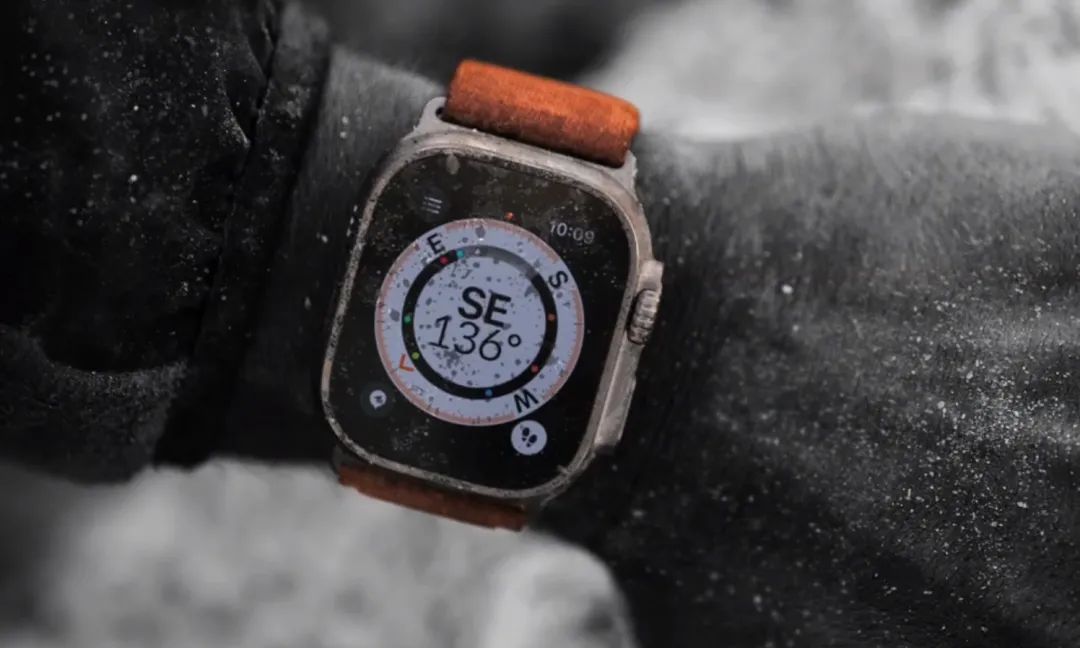
Image Source: Apple
However, from the current analysis of brand appeal, product technical strength, and other aspects, the future of the smartwatch market will still be dominated by smartphone manufacturers. With the strong technical foundation accumulated in the communications field, smartwatches created by smartphone manufacturers will have higher technical barriers.
As for traditional watch brands, they should refrain from joining this frenzy.
Produced by accounts under Lei Technology MCN (Lei Technology / Xiao Lei Bi Bi / Electric Vehicle Communication / Value Research Institute / Luo Chao Pro), the 2024 Year of the Dragon Spring Festival “Technology Welcomes the Year of the Dragon, AI Celebrates the Spring Festival” special series is continuously outputting content, welcome to subscribe and follow on platforms like Lei Technology (ID: leitech).
End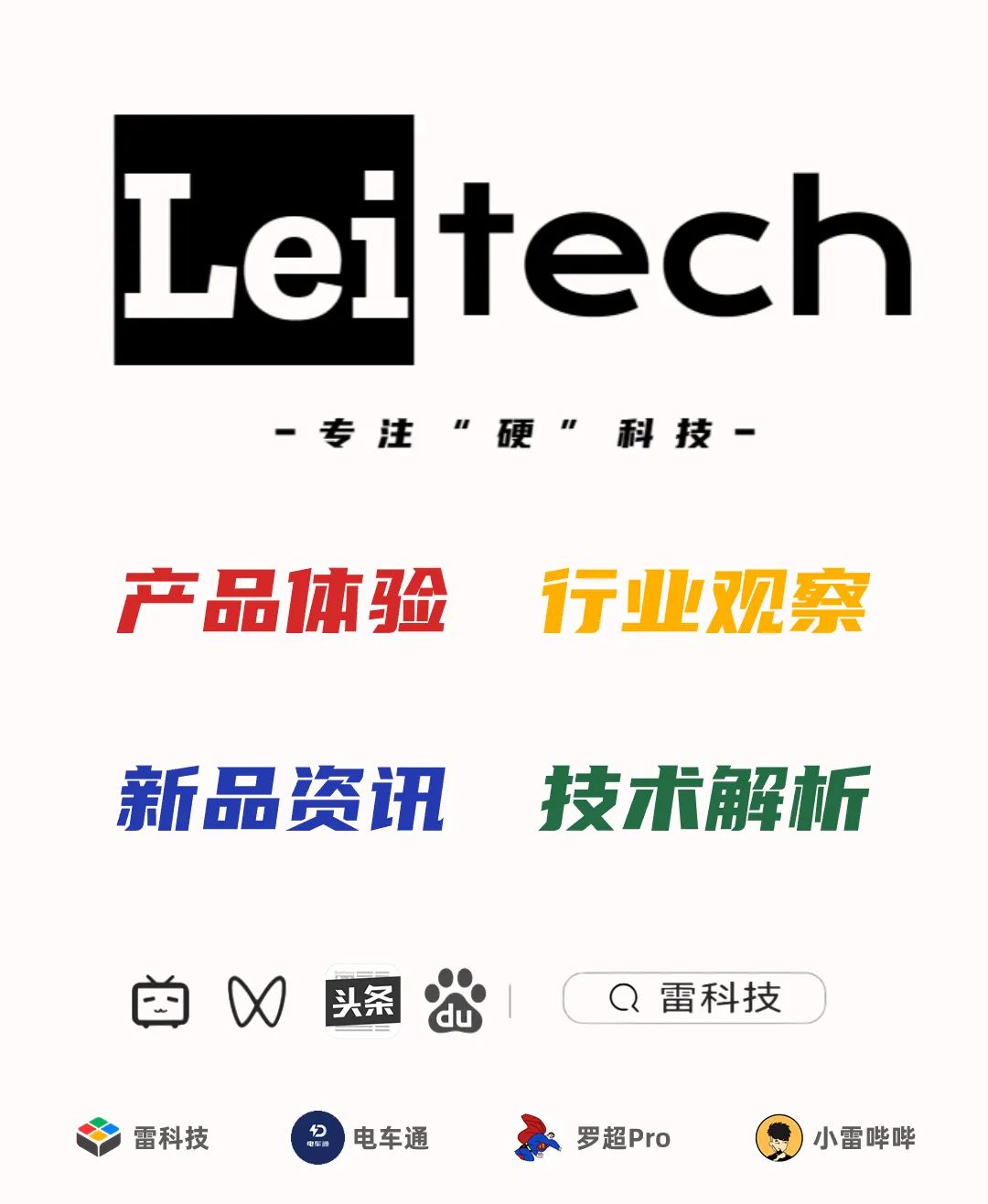

2023 Technology Super Review:
2023 Disappearing Trends: Metaverse, New Consumption, Autonomous Driving Cooling Down2023 Top 10 AI Review: Large Models Establishing New Order2023 XR Review: Which Devices Left a Lasting Impression?2023 Technology Giants’ Quotes Review: Some Rejoice, Some Sorrow2023 China’s Hardware Going Global, Completely Crazy!2023 Annual AI Application Awards: The AI New Wave Belongs Not Only to Big CompaniesIn 2023, these innovative technologies truly changed the world!Internet in 2023: E-commerce in 2023: Too Difficult! Too Competitive! Too Intense!Instant Retail in 2023: Flywheel AcceleratingShort Video in 2023: Video Accounts Rising Strongly, Influencers Growing More AnxiousMusic Platforms in 2023: No New StoriesSecond-hand E-commerce in 2023: How to Maintain Wealth?2023, “New Consumption” Collective CollapseHard Technology in 2023:Mobile Phones in 2023: 12 Mainstream Brands, Only the Strong SurviveAR/VR in 2023: Not Willing to Become Phone AccessoriesFlagship Phones in 2023: Domestic Phones are Too Strong!Foldable Phones in 2023: Taking Off!Budget Phones in 2023: Losing Favor!Laptops in 2023: Too DifficultPCs in 2023: AI Becomes a LifelineTablets in 2023: Screens Getting Bigger, iPad Still the KingWearable Devices in 2023: Targeting “Health”Smart Home in 2023: Whole House Intelligence, Exploding!TWS Earbuds in 2023: Accumulating Strength, Waiting for OpportunityEducation Hardware in 2023: AI Reshaping Everything!Camera Market in 2023: Gains and LossesMonitors in 2023: Bigger, Brighter, CheaperOperators in 2023: 6G, Wi-Fi 7, Large Models…Completely Crazy!2023 “Golden Machine Award” Announced! Huami OV Tiger Fight, the Annual King of Machines is Actually It (Video)2023 Top 10 Moments in the Mobile Circle: Not Just “Leading the Way”! (Video)Star Technology Companies in 2023:Tencent in 2023: “Less is More” Cutting Profits, WeChat Fully MonetizingJD in 2023: Offensive!ByteDance in 2023: Decisive Retreat, Focusing on CoreBaidu in 2023: “Cutting” Profits, AI Needs ProductizationKuaishou in 2023, All in Employees’ Heartwarming Shopping FundsXiaomi in 2023: Breaking Through in Phones, Planning in CarsOPPO in 2023: Boutique Strategy “Less is More”, Imaging as Anchor for Technological Innovationvivo’s 2023 is Brilliant: High-end Stabilized, AI StunningApple’s 2023: iPhone Decline, New Products Dull, Profits FierceHonor’s 2023: Super Dark Horse!MediaTek’s 2023: Dimensity Chips, Completely CrazyMeizu’s 2023: Surviving!ChatGPT’s 2023: Opening a New World of AIAutomotive Industry in 2023:
New Forces in Car Manufacturing in 2023: Gains and Losses, Greater Ambitions in 2024
New Energy 2023 Report Card: Sales Champion Already Determined, Second Place Battle Tight
In 2024, Huawei and Xiaomi Become the “New Forces in Car Manufacturing”
In 2023, BYD Becomes a World-Class Giant
Xpeng’s 2023: Rising from the Ashes
Huawei’s Automotive 2023: Winning Big
Geely’s 2023: A Year of Breaking Through with New Energy
NIO’s 2023: Though “More Suffering than Joy”, Full of Hope
GAC Aion’s 2023: Actively Embracing Electrification as a “Traditional Model”
Volkswagen’s 2023: Sales Below Expectations, Pure Electric Cars at a Crossroads
Microcars in 2023: The Future May Be a Replacement for Elderly Cars
Top 10 Quotes from the Automotive Circle in 2023: Confidence, Arrogance, Prejudice…
Power Batteries in 2023: Kings Arise
2023:New Energy Going GlobalCompletely Crazy
In 2023, Luxury Brands Collectively Transform to New Energy2023, Tesla: Under Comfort, Many Concerns
Seres’ 2023: Turning Losses into Profits Soon
Leap Motor’s 2023: Reviving from the Dead
Nezha’s 2023: “Seeking Progress through Change”